Search

Soybean Gall Midge Larvae Found in South Dakota
Although we have yet to capture any adult soybean gall midges, the reports and observations of soybean gall midge larvae in soybean are pouring in this week. In Clay and Union counties, infested soybeans are now showing signs, with plants beginning to wilt and die in some cases.
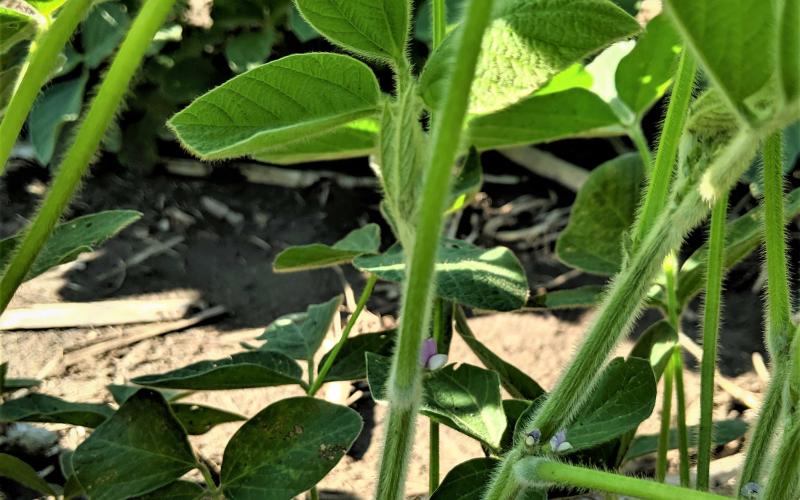
Current Weather Conditions Are Conducive White Mold Development in Soybeans
Frequent rains and overcast conditions continue to occur in South Dakota’s main soybean growing counties. These conditions favor white mold development. In some of these counties, soybean is already at R1, which is also the best timing for fungicide application targeting white mold control.
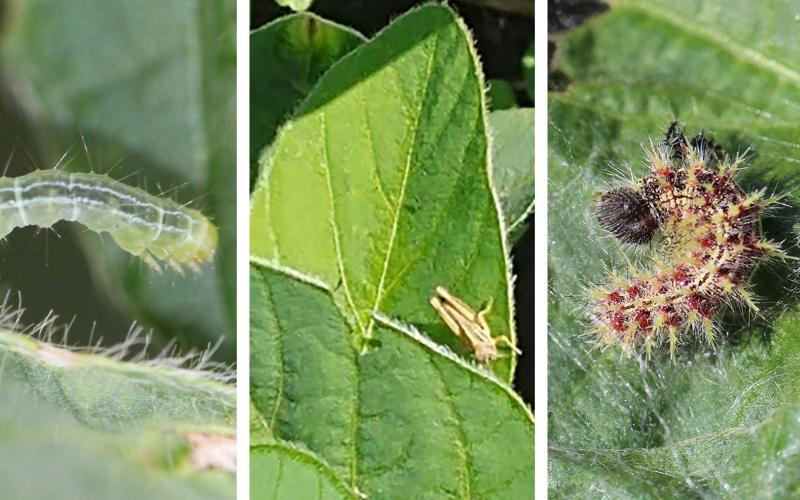
Monitor Soybean for Defoliating Insects
While scouting soybean this week I noticed quite a few defoliating insects that were present in the field. So far, the feeding injury is minimal, but it is a reminder that we need to be diligent in monitoring leaves for defoliation and fields for these insect pests.
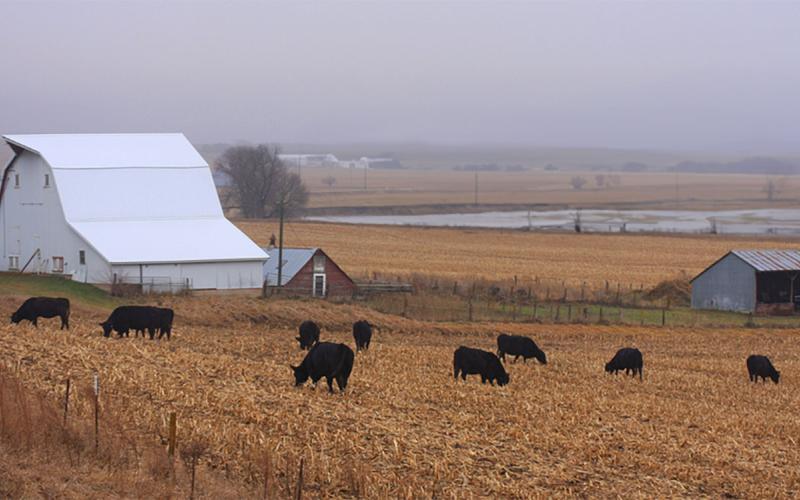
Grazing Corn Residue: An A-maize-ing Opportunity
Corn residue is an economical feed source for cattle over the winter months and can provide an extra source of income for crop producers without detrimental effects to the land.
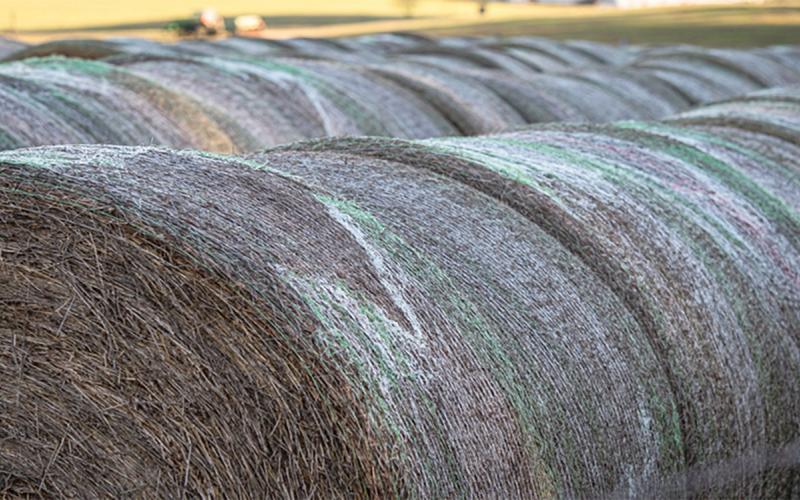
Best Management Practices for Reducing Dry Hay Storage Loss
When hay prices are high, proper storage is financially important. Learn some best management practices to reduce storage loss and ensure an adequate forage supply.
Northern Plains Forage Association hosting annual meeting in December
November 03, 2023
South Dakota State University Extension encourages producers to attend The Northern Plains Forage Association annual meeting and educational seminars on Dec. 1 in Brandon, South Dakota.
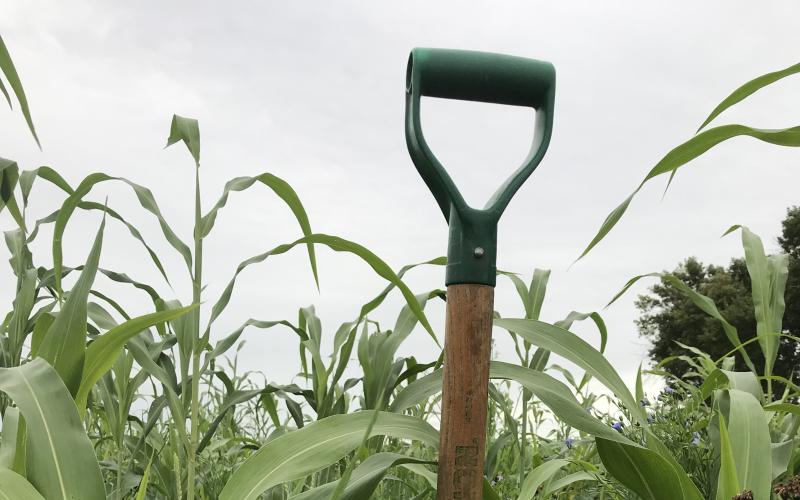
SDSU Extension to host soil management conference in December
November 08, 2023
South Dakota State University Extension will host the 2023 Managing Soil: Maximizing Profit conference on Dec. 12.

SDSU Extension welcomes new horticulture assistant at McCrory Gardens
November 08, 2023
South Dakota State University Extension is pleased to announce Sydney Trio as a new Horticulture Assistant based at McCrory Gardens in Brookings.

Should We Sell Corn Stalks?
Grazing and baling corn stalks can offer producers financial and agronomic benefits, and also provide feed resources for cattle producers. Learn how to determine if it's the right decision for your operation.

Now Is the Time To Plan For Noxious Weed Control in 2024
Since most of South Dakota has experienced several frosts, fall herbicide applications are likely near completion. However, now is the time to plan for noxious weed management for both spring and fall of 2024.